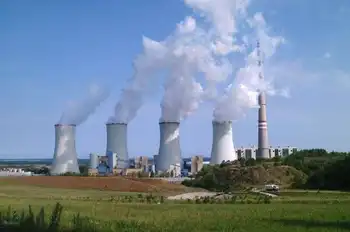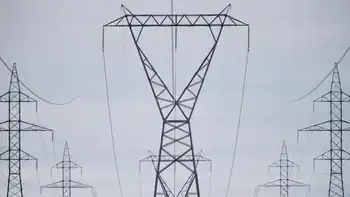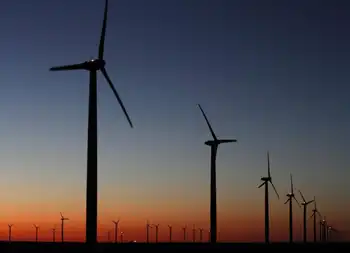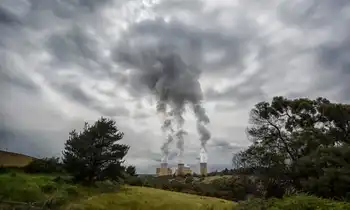Canada Energy Board Reports Decrease
OTTAWA -- - Widespread North American power market restructuring has not resulted in more exports from Canada to the United States over the last decade, as higher demand in Canada combined with no corresponding boost in generation capacity led to a decline in net exports, the Canadian National Energy Board said in a report.
The emergence of independent power producers and improved access to transmission systems in restructured markets was expected to produce more net exports from Canada, traditionally a substantial exporter to the United States. But on balance, exports have declined over the last five years after rising in the early 1990s, and imports to Ontario, Quebec and British Columbia have picked up as importers to the north take advantage of energy trading opportunities provided by the implementation of the Federal Energy Regulatory Commission's Order 888 opening access to transmission.
"The percentage of electricity exported by the industry is much lower than the export percentages in the oil and gas industry," CEB Chairman Ken Vollman said in a statement. "Even though we have seen some interest for new electricity export permits, recent trends do not lend support to the prospect of a substantial increase in electricity exports in the near future."
Net Canadian exports actually declined from 40,000 gigawatt-hours (GWh) in 1996 to an estimated 25,000 GWh in 2002, but because of higher prices for exported power, Canadian international trade has continued to yield net revenues of $1 billion to $2 billion per year, the NEB reported.
Over the long term, the NEB expects power exports to rebound due to: the possibility of large hydropower developments; the return to service of nuclear units in Ontario; a capacity surplus associated with oil sands development in Alberta; and improved transmission access to US markets. Inconsistent water levels in Quebec and British Columbia were cited as leading factors contributing to the decline in exports, meaning exports should return to more normal levels when hydropower output in these regions picks up.
The NEB noted that passage of renewable portfolio standards by states and possibly Congress would give Canadian hydropower a boost and likely increased trade. The board also said transmission constraints in New England, New York and California have been inhibiting trade.
Related News

Minnesota 2050 carbon-free electricity plan gets first hearing
ST. PAUL - Gov. Tim Walz's plan for Minnesota to get 100 percent of its electricity from carbon-free sources by 2050 was criticized Tuesday at its first legislative hearing, with representatives from some of the state's smaller utilities saying they can't meet that goal.
Commerce Commissioner Steve Kelley told the House climate committee that the Democratic governor's plan is ambitious. But he said the state's generating system is "aging and at a critical juncture," with plants that produce 70 percent of the state's electricity coming up for potential retirement over the next two decades. He said it will ensure that utilities…




